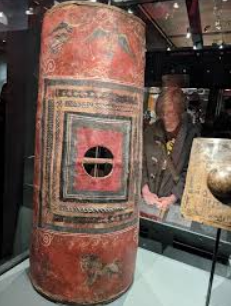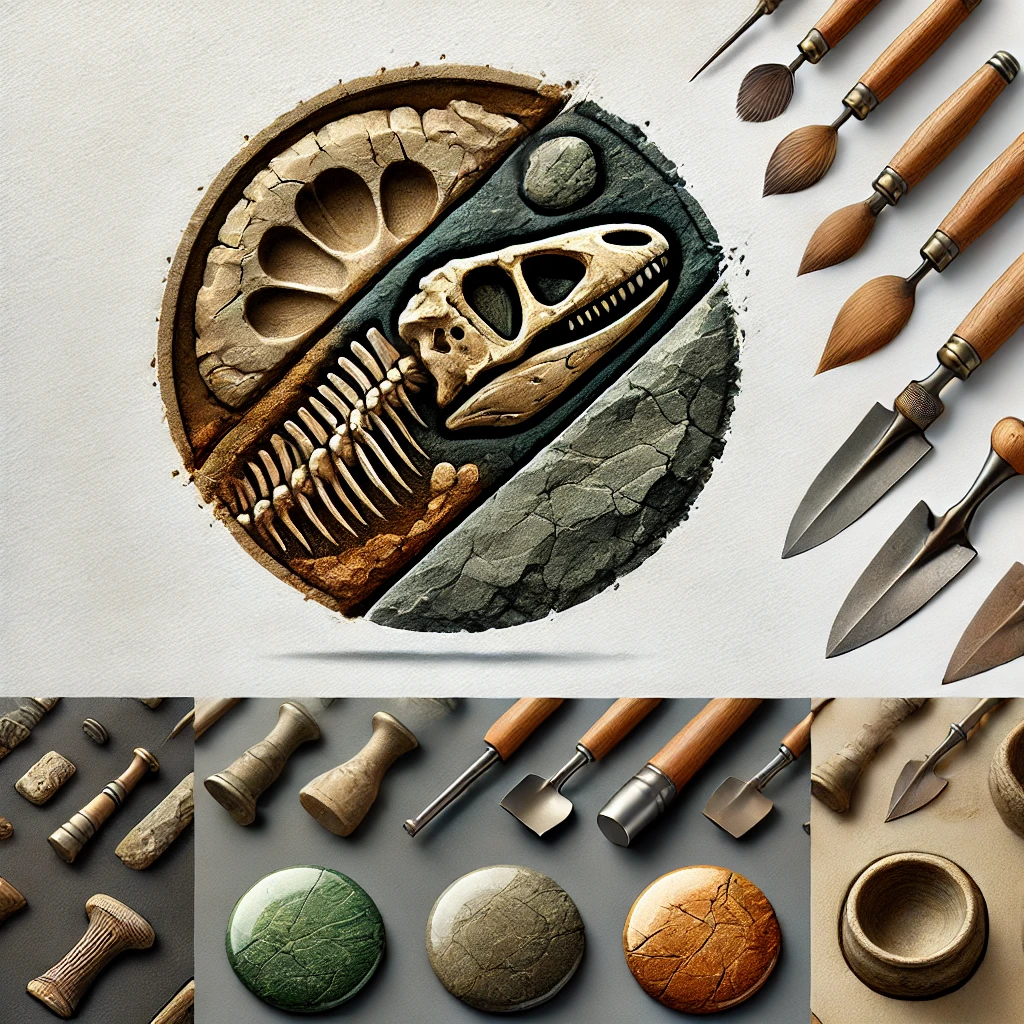The Roman “scutum” is an iconic piece of military history, offering a fascinating look at the craftsmanship and artistry of ancient Rome. This tall, semi-cylindrical shield, dating back to around A.D. 250, is one of the few surviving examples of its kind. Discovered nearly a century ago at the ancient site of Dura-Europos in Syria, the scutum sheds light on Roman military equipment and the soldiers who wielded it.
Historical Significance and Origins

The scutum was unearthed in the ruins of Dura-Europos, a city that fell to invaders in the third century A.D. This particular shield likely belonged to a Roman soldier who perished during the city’s defense. Its survival through centuries speaks to the durability of Roman engineering and its significance as a military artifact.
Dimensions and Construction

Currently housed at the Yale University Art Gallery, the scutum measures an impressive 105.5 cm in height, 41 cm in width, and just 6 mm in thickness. Its design showcases the ingenuity of Roman craftsmen. The shield was constructed from laminated wood strips, a technique that enhanced its strength and flexibility. The outer layer was covered with kidskin, providing additional durability and a smooth surface for decoration.
Artistic Details
The scutum is adorned with intricate Roman victory symbols, painted to inspire soldiers in battle. These motifs include an eagle, winged Victories, and a lion, all representing power, triumph, and courage. Despite being shattered into 13 pieces, the shield’s artistry remains a testament to the cultural and military pride of ancient Rome.
Insights into Roman Craftsmanship

The discovery and preservation of this scutum offer invaluable insights into ancient Roman craftsmanship. Its detailed construction and symbolic artwork reflect the advanced techniques and cultural values of the Roman Empire. Historians and archaeologists continue to study the shield to understand more about Roman military equipment and the lives of the soldiers who depended on it.
Conclusion
The Roman scutum from Dura-Europos is more than just a relic; it is a window into the past, showcasing the ingenuity, artistry, and resilience of ancient Rome. Preserved at the Yale University Art Gallery, it remains a vital artifact for understanding the military history and cultural legacy of one of history’s greatest empires.


CÁC TIN KHÁC
Mary Walton: The Forgotten Inventor Who Helped Clean Up America’s Cities
Tomb of Queen Nefertari in the Valley of the Queens, Egypt
Discover the Hypostyle Hall of the Temple of Hathor at Dendera
Venus de Losange: Unveiling the Mystery of a 20,000-Year-Old Paleolithic Icon